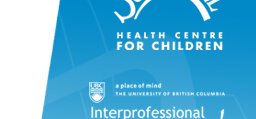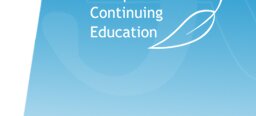
Guide for private English Teachers: an Accessible Online Course
8 Feb 2024
Due to their haste to transition to online instruction in anticipation of the global pandemic of 2020, specific instructors and course, designers have unintentionally excluded certain students from numerous learning activities by failing to implement established inclusive practices. Among these students are individuals with disabilities that affect their visual, auditory, motor, and learning capabilities.
If you are looking for a specialist who considers all the peculiarities of students and is excellent at teaching, then a private English teacher.
Tips for Private English Teachers
Suggestions for course materials
- Present content utilising layouts, navigation, and organisation schemes that are unambiguous and consistent. Maintain brief paragraphs and prevent dazzling content.
- Employ a text-based format and utilise the style and formatting functions of your Learning Management System (LMS) and content creation software, including Adobe InDesign, Acrobat, Microsoft Word, and PowerPoint, to organise headings, lists, and tables. When applicable, utilise the pre-built page layouts provided by your LMS.
- Prevent the creation of PDF files. Most instructor-generated content should be published in HTML format on LMS content pages. If a PDF file is preferred, it should only be linked to as a secondary source of the information.
- Deliver succinct textual explanations of the information depicted in the images.
- Employ sans serif typefaces that are large and assertive on uncluttered pages and feature plain backgrounds.
- Employ colour schemes with a high contrast ratio and are discernible to individuals with colour blindness.
- Provide audio transcriptions and captions for videos.
- Avoid subjecting students to excessive technology-related tasks unless they are directly relevant to the course material; utilise asynchronous tools; ensure that information technology utilises accessible design principles and solely requires the use of the keyboard.
Suggestions for inclusive pedagogy
- Suggest to students written materials and recordings in which they can acquire the necessary technical skills to participate in the course.
- Offer students various learning opportunities (e.g., combine text, video, audio, and image; deliver synchronous presentations in which all content is spoken audibly on transparencies and subsequently recorded for later access).
- Offer diverse, accessible communication and collaboration platforms to accommodate individuals with various disabilities.
- Offer various opportunities for students to showcase their acquired knowledge and skills, such as portfolios, presentations, single-topic discussions, and different test items.
- As you compose content, consider various language proficiency levels (e.g., spell out acronyms, define terms, and avoid or define jargon).
- Clarify expectations and instructions regarding readings, activities, projects, and discussions.
- Ensuring that examples and assignments are pertinent to students with diverse interests and origins is crucial.
- Provide students with outlines, other scaffolding tools, and learning-related advice.
- Offer sufficient practice opportunities.
- Provide sufficient time for assessments, activities, and projects (e.g., outline all project requirements in the introductory section of the course).
- Provide feedback on components of the undertaking and suggest opportunities for correction.
These suggestions apply to synchronous and asynchronous tutoring.







